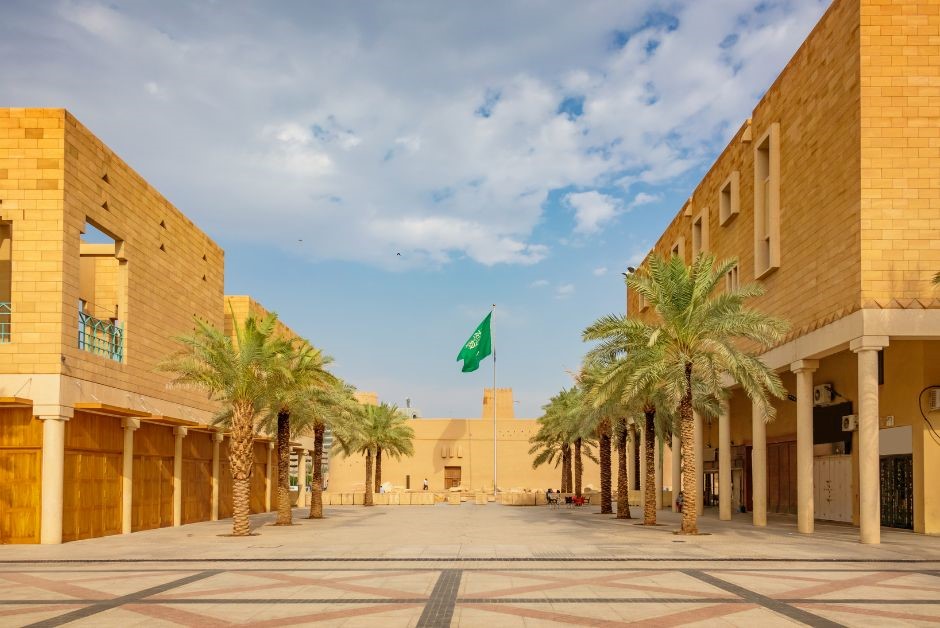Saudi Arabia is a unique country written in history and known as a country that has been a meeting place for civilizations that have retained their traditions to this day. Cultural heritage is preserved in various ways. However, it would be more enjoyable for the visitor to discover the country’s living museums. Here, people present vivid samples of the ways of living and exchanging daily products, as well as the artisans. Below, we provide seven valuable tips to prepare for your time travel to Saudi Arabia’s living museums and enhance your experience.
1. Start with the Basics
To effectively evaluate the living museum experience, it is necessary to know the difference between living museums and ordinary ones. In this case, a living museum is a dynamic setting and much more than preserved artifacts and dioramas. It incorporates performances, recreations, simulations, and participation in dramatizations. It is essential to point out that these museums are intended to create replicas of past life so that people can interact with them directly. Whatever you are observing, whether it is an artist carving a statue or dancing to a native tune, a living museum makes people experience history personally.
2. Timing is also essential
How early or late you arrive at a living museum will also determine the experience you will get. Some of them include features that can be useful to the visitor, such as special performances, holidays, or exhibits during which you can get the most out of a particular site. For instance, when you visit during traditional Saudi festivals, you can watch cultural dances and get the taste of conventional Saudi meals as the community will be in a festive mood. You may find it helpful to time your visit to coincide with when these celebrations are being held to understand Saudi Arabia’s rich heritage better.
3. Immerse Yourself in the Experience
Arguably, one of the most captivating attributes of a living museum is the chance to engage the encoders who breathe life into history. Such people are primarily craftsmen, narrators, orators who are proficient with much information regarding the profession and willing to divulge the same. As you interact with them, you can acquire knowledge of traditionally used practices and learn about the cultural aspects of various practices. In the process, you may be able to practice some of them. The park experience is not passive; the living museum means that the guests can play an active role, and on every visit, they are stepping back in time.

4. Explore the Architecture
Sometimes, it is hard to tell where the building begins and where the exhibit ends because many of the living museums of Saudi Arabia are the buildings as well. These museums are found in old structures that have been to their former glory as much as possible. Walking through these spaces, you would be able to appreciate the blend of influenced architectural designs and cultures and the impact of the Saudi desert climate on the architecture. An architect’s services include such things as elaborate carvings of stones and the use of natural materials in the construction of the building itself, which links to the past and how people had lived and even worshiped.
5. Participate in craft fairs
Craft demonstrations are another essential feature of the living museum: the opportunity to acquire knowledge about traditional crafts, having tested it oneself. These are actual workshops on pottery, weaving, calligraphy, or metalworking where you not only make something you can take home but also learn about the cultural role of each craft. Apart from getting an opportunity to take home tangible items made personally by the crafters, the experience also increases the crafters’ cultural value by creating awareness of what goes through to get a final product.
6. Savor the Flavors
Of course, it is only possible to leave the time and traditions and discuss Saudi Arabian cuisine. Most living museums have recreated the cooking zone where you can buy native food prepared using historical methods. The Saudi Arabian Spice Journey is a story of how the spice trade has shaped the Saudi Arabian dish and their cooking manners in Saudi Arabian restaurants, which involves the story of the social and economic migration of the Saudi Arabian people. Remember to spend some time eating some of the traditional food since it makes you connect with the past through the taste buds.
7. Document Your Journey
You must also remember to take a picture of the place and the objects in the living museum as you go through the place. Writing effectively preserves your impression of the culture, the traditions, the people you met, and the areas visited. But the idea here is not just to take pictures, but how else can you tell the stories behind what you capture? This way, engaged storytelling, whether through a personal blog, social media, or a travel journal, helps you take in the experience and share with others the beautiful and culturally diverse country of Saudi Arabia.
Conclusion
The things that are unveiled in these living museums are not only the culture but also the experiences the people of Saudi Arabia went through and still adhere to. If you want to grab the whole idea of living in a Museum, spend some time with artisans, discover traditional architecture & physical structures, learn about crafts at workshops, taste the local cuisine, and record the whole trip. These museums are highly informative and can help you become acquainted with the living culture of Saudi Arabia. They, therefore, would be very suitable for everybody interested in history and traditions and the art of living.
